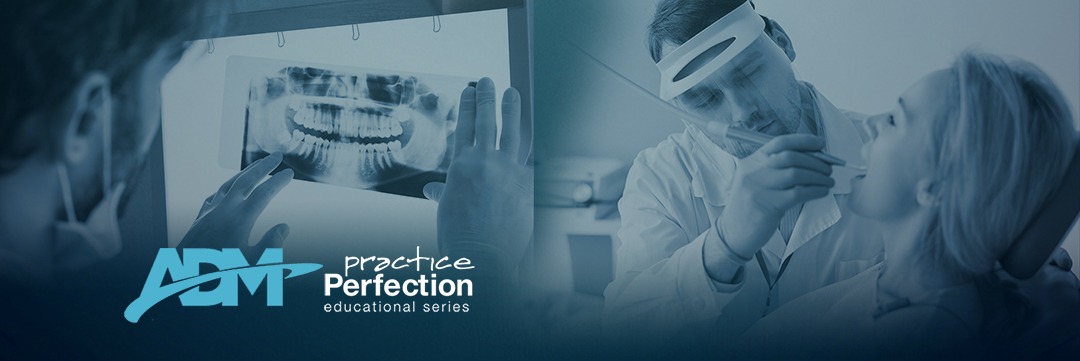Recent trends in oral cancer have heightened the importance of a proper oral cancer screening protocol for all medical and dental professionals.
Forward Science’s CEO Robert Whitman delivered an informative, educational, and inspirational presentation on causes, cures, and prevention of various oral cancers.
The incidence of oral cancer has increased each of the past seven years. This deforming and sometimes deadly disease is now affecting patients with no traditional risk factors.
HPV Related Oropharyngeal Cancers Rates Are Increasing
Owing to the 225% increase in HPV-related oropharyngeal cancers, oral cancer is occurring in younger populations, changing the perception of who is an appropriate screening candidate. This strongly suggests the need for a new adjunctive oral cancer screening protocol
The webcast presented recent and emerging technologies for the early discovery of oral cancer, including fluorescence technology and quantitative cytology, as well as their proper implementation and clinical examples of these procedures.
As cancer therapies continue to evolve, two oral health concerns from many such treatments are xerostomia and mucositis. Other common side effects and treatment options for the oncology patient are covered.
Robert Whitman Presents On Cancer Screening Products
Our presenter, Robert Whitman, is a graduate of Tulane University with a B.S. and M.S.E. in Biomedical Engineering, he brings a unique mindset to the medical device industry. As a Clinical Engineer at M.D. Anderson Cancer Center, Robert had a passion for early cancer diagnostics. He joined the R & D team at a private startup, developing cancer-screening products using fluorescence technology licensed from M.D. Anderson Cancer Center and later co-founded Forward Science LLC, a medical device company established with the goal of advancing oral healthcare through early discovery, diagnostics, and treatment options. He is now their CEO and speaks on the topics of oral cancer and early discovery.
In his informative and fast moving presentation, Rob shared details on oral cancer rates and risk factors, the role of HPV in Oral Cancer, proper patient communication and oral screening protocols, and how to use adjunctive screening technology.
Key points addressed included:
- the ‘false positive rate’ of the technology
- the required investment for testing kits
- the American Dental Association’s stance on the technology
- the definition of ‘excessive’ alcohol use as a risk factor
- alcohol vs. non-alcohol-based oral rinses
- suggestions to relieve radiation ulcers in the back of the throat
- relative comparison of the technology vis a vis others in the marketplace
- availability in Canada
- available coaching on how to communicate such delicate issues with patients
and more.
The webcast was hosted by Daniel A. ‘Danny’ Bobrow, president of AIM Dental Marketing® and Founding Executive Committee Chair of The American Academy For Oral Systemic Health (AAOSH).




